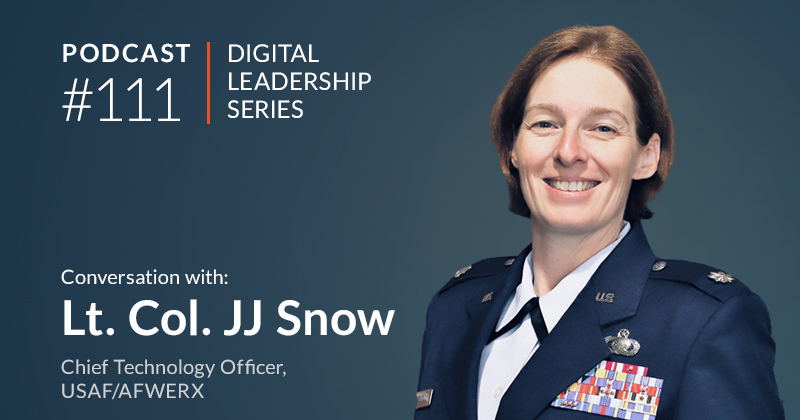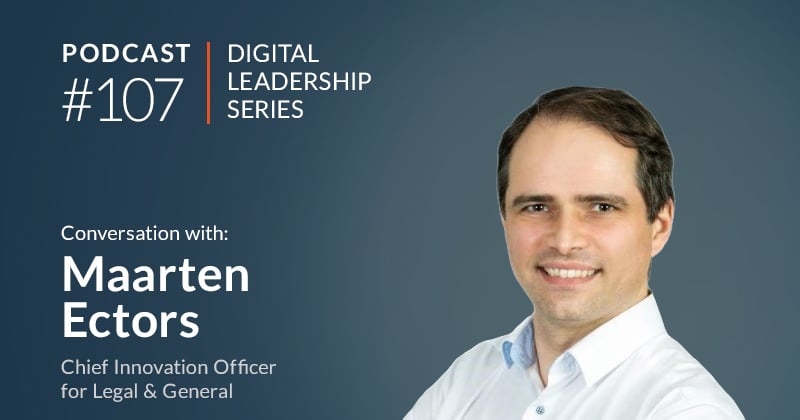Value Vector
Edge Computing for the Industrial IoT
Ed Maguire

When it comes to technology for IoT, there is constant evolution and innovation
There’s a slow but profound tectonic shift underway from centralized to distributed computing driven by the demands of IoT use cases.
When it comes to technology, especially in Connected Industry, there’s constant evolution and innovation around architecture, connectivity and data analytics. Mainframe computers employed a centralized approach, and the introduction of the PC gave rise to the distributed client-server architecture.
Today, the predominant computing model is largely centralized; the cloud is where much of the processing occurs. When you enter a search on your phone, you send a request to a cloud data center, where it’s processed and the results are returned to you. Mobile devices are being used as a display terminal for what’s happening in the cloud. This approach works well for web searches and apps on smartphones, but massive growth of connected devices and things is driving a paradigm shift from centralized to distributed model – intelligent distributing computing.
With each computing paradigm shift, the scale of usage increases by orders of magnitude. While mainframes supported hundreds of thousands of users, with PCs the number has increased to nearly 2 billion, and currently, the number of smartphones is approaching 7 billion. With the approach of the IoT era, the number of connected devices will increase to the tens of billions, possibly trillions.
From the Core to the Edge
What will drive demand for edge analytics? Connected devices are collecting more and more information about the physical world through sensors, cameras, accelerometers, LiDAR, depth sensors and other devices. Self-driving cars, drones, robots and other connected devices generate massive amounts of geo-spatial data that needs to be processed in real time.
Real-time data processing will need to happen where the data is being collected and this requires edge analytics. A car, drone or autonomous robot will need to collect data in the form of images and geospatial tags, identify it and make a real-time decision. When hundreds of thousands of autonomous devices are connected, they will need to speak to one another.
It may only seem like yesterday that enterprises where transitioning to the cloud, but the latest move towards the edge is endemic of the cycle shifts in processing data, particularly with the massive growth in connected devices.
The challenges of data and autonomous cars
A self-driving car can generate up to 10 gigabytes of data per mile, and there is no way that this amount of data can be sent to a data center, processed then returned in time to respond to a stop sign, a pedestrian or a dog running into the road. Further, a self-driving car of the future may have the equivalent of hundreds of connected computers on board, and when networked together into the tens or hundreds of thousands, the scope, scale, and velocity of the data involved will overwhelm a centralized cloud model. Therefore, data will need to be processed at the edge to ensure the data can be managed appropriately.
Connected Delivery Networks in action
For an idea of what the distributed edge computing could look like, we can look for example at the Content Delivery Networks operated by Akamai. Their distributed network of over 200,000 servers provides optimized, edge-based delivery of content and application logic based on sophisticated algorithms that retrieve, deliver and route content with the end-goal of reducing latency to the user.
Edge computing in IoT does not mean the death of the cloud. Rather, we’re being shaping for a scenario which shifts functionality between edge gateways and cloud backends in the latest architecture.
The cloud will become where learning, processing, and storage of important data will occur with AI a key component. In the future, there will be so much data to analyze that the only approach will be to employ machine learning or AI to identify critical patterns.
ABI research suggests that in the near future, machine learning will enable data analytics to progress from business intelligence to prescriptive analytics where data is able to prescribe actionable, real-life measures (based on the predictions) to prevent, mitigate, or ensure a certain outcome, as well as analyze the implications of each decision for future decisions. This offers a strong business case for extending data analytics beyond their current capabilities.
So, while it may be tempting to think everything old is new again, the technical landscape has shifted and new challenges have emerged that need to be solved. Edge computing and the cloud both offer solutions to the various data challenges of connected devices as well as a precursor to greater capabilities. At Momenta Partners we're excited to see how data insights can transform our connected industries.
Want to learn more about edge computing? Join or download our webinar "The intelligent Edge - The next frontier of IoT innovation"



